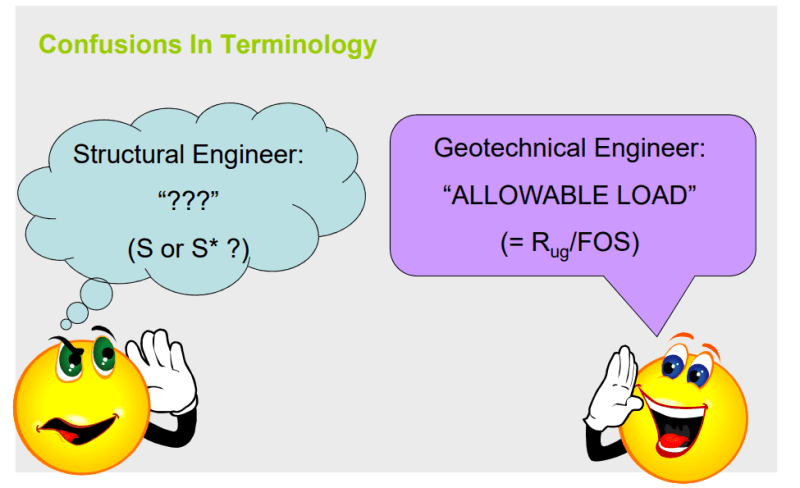I have a relative simple question in regards to footing design
Given the allowable bearing pressure. What combinations do you use to check the stability when lateral loads and moments are involved?
For gravity I can do G+Q but I don't know what load combinations do I use for wind & earthquake?
Or do you times a factor to get ultimate bearing pressure? If so, where can I find clauses that allow us to do so?
Given the allowable bearing pressure. What combinations do you use to check the stability when lateral loads and moments are involved?
For gravity I can do G+Q but I don't know what load combinations do I use for wind & earthquake?
Or do you times a factor to get ultimate bearing pressure? If so, where can I find clauses that allow us to do so?


![[smile] [smile] [smile]](/data/assets/smilies/smile.gif)